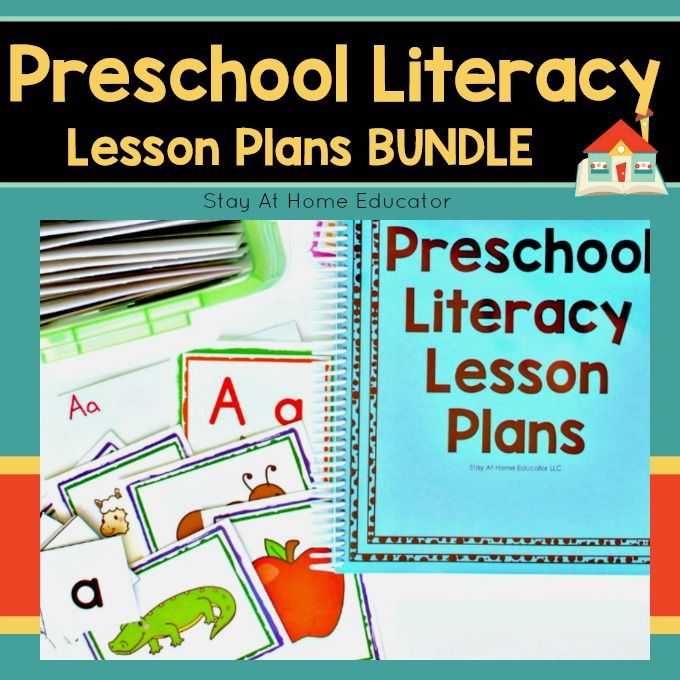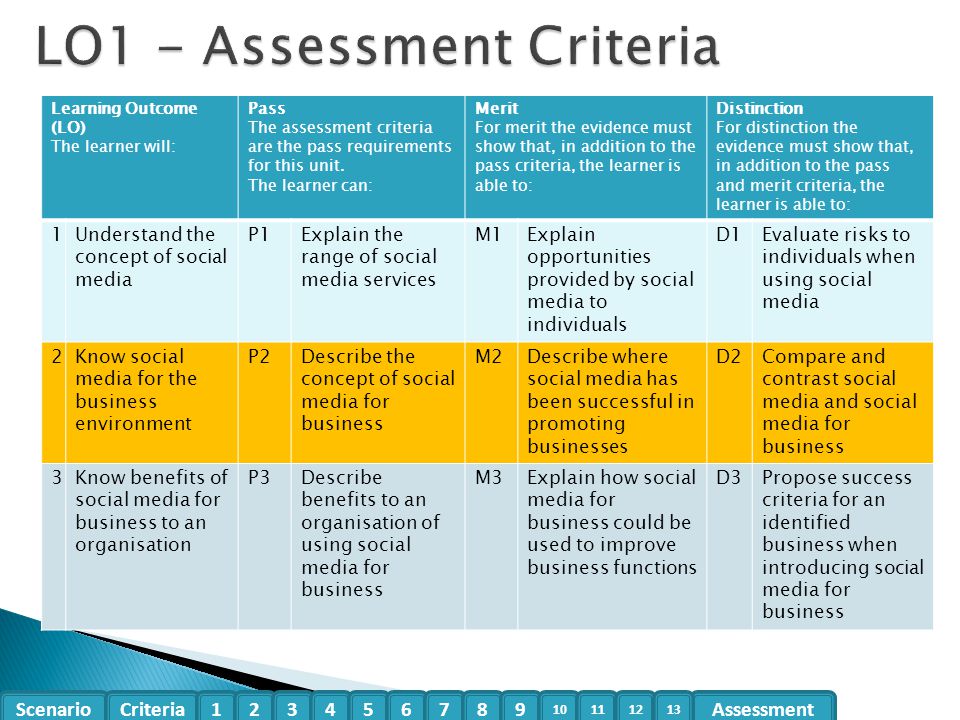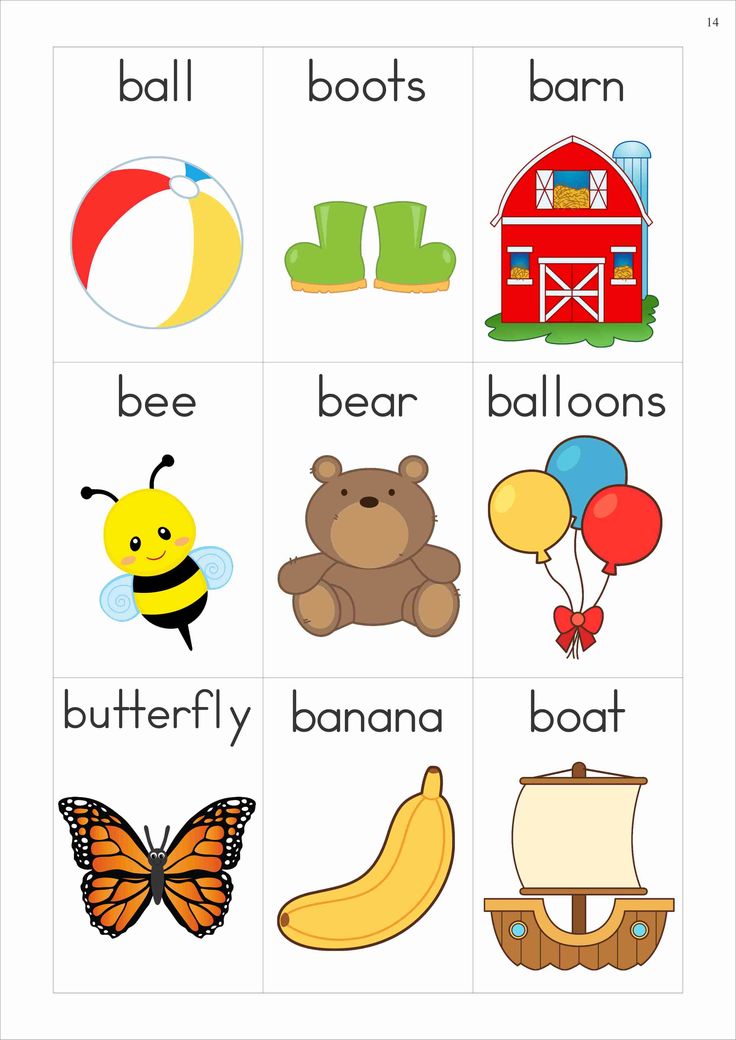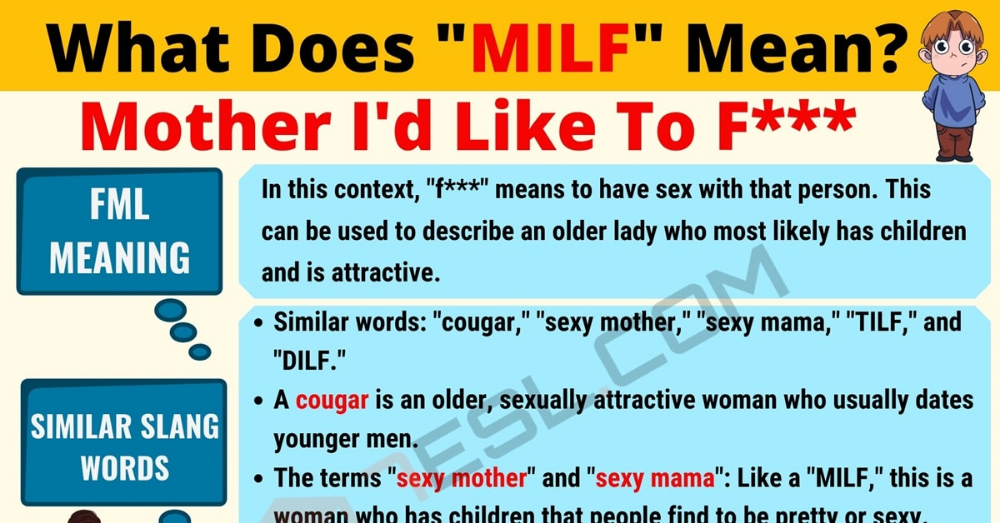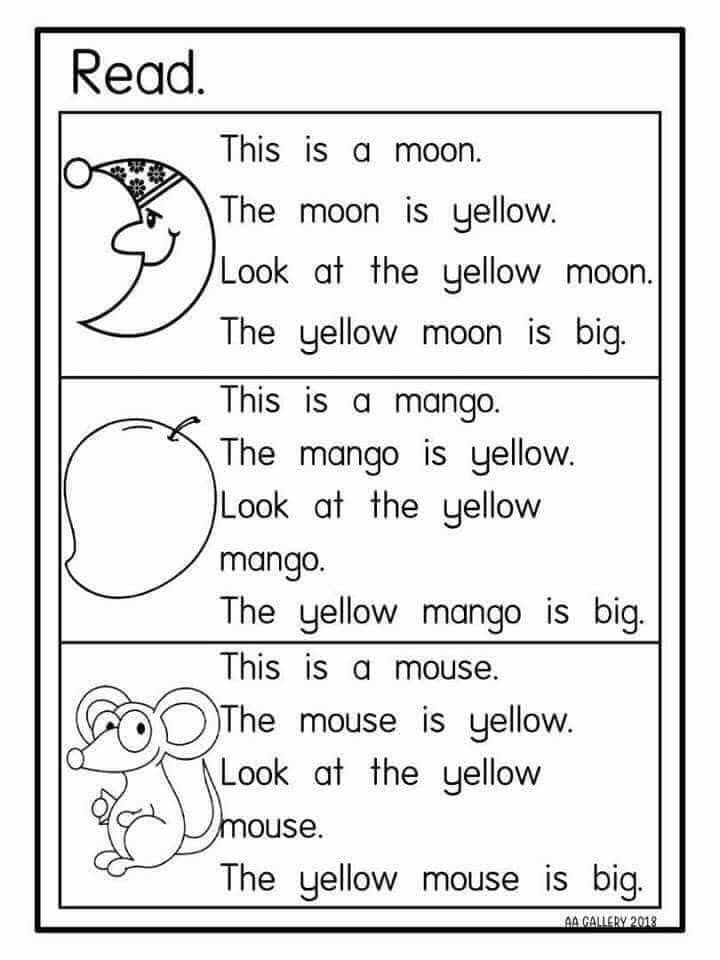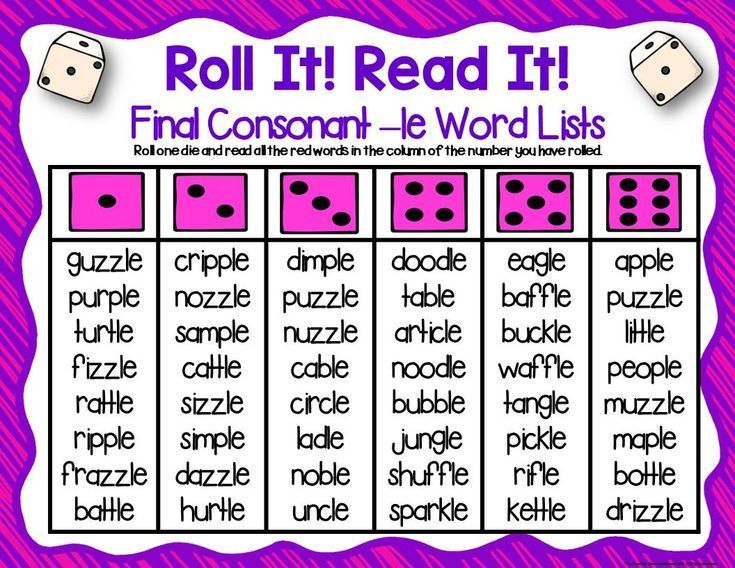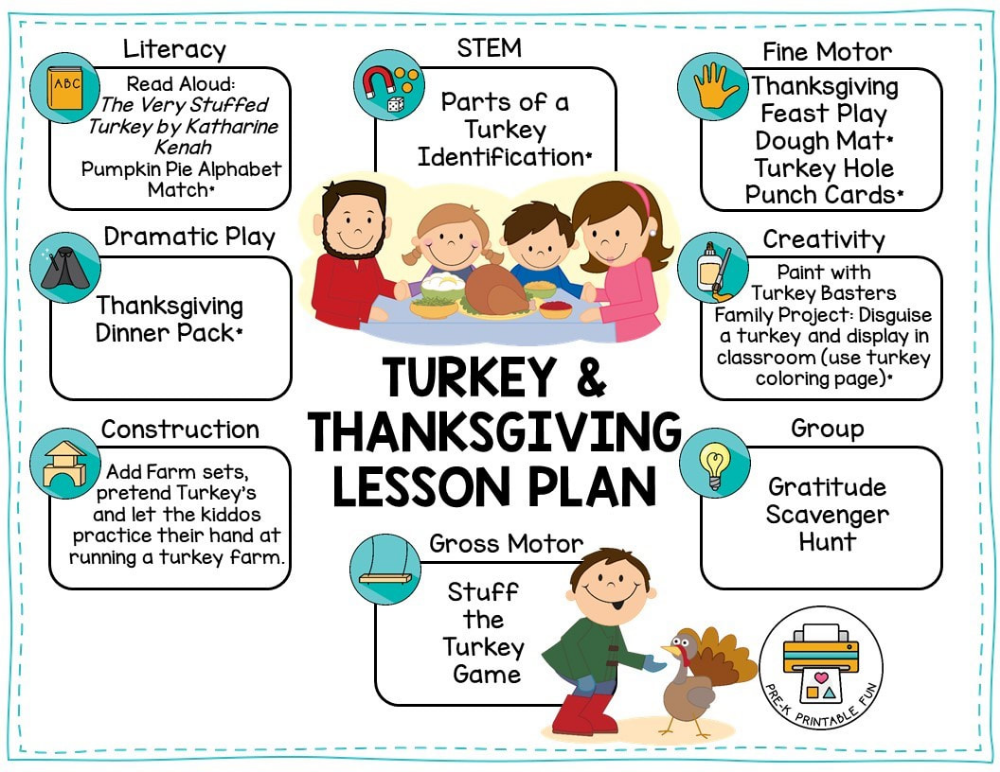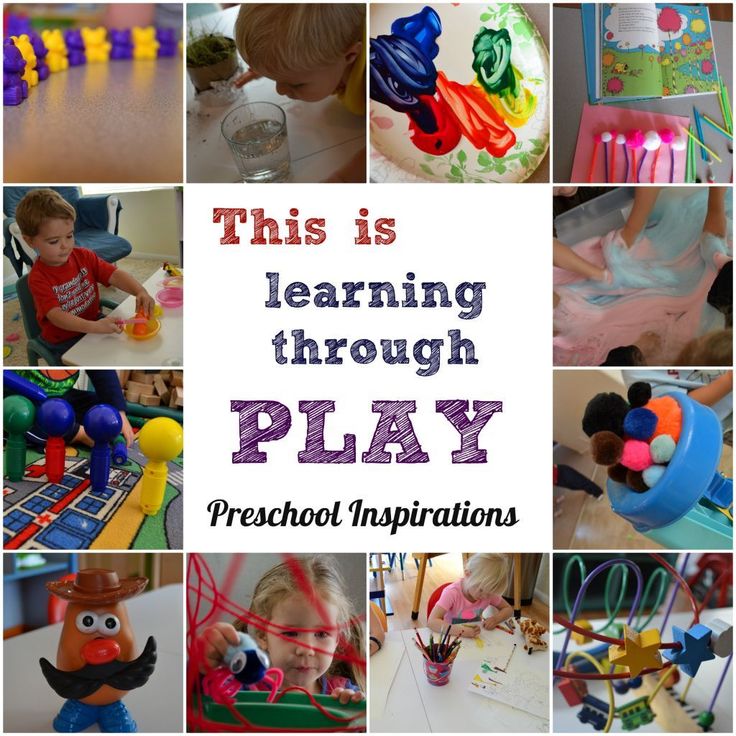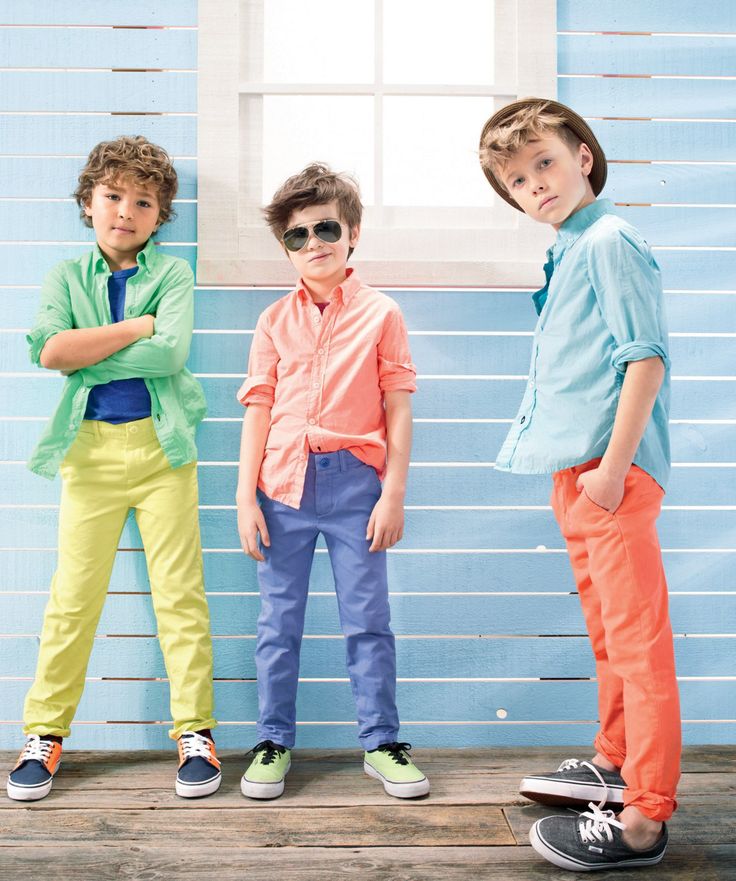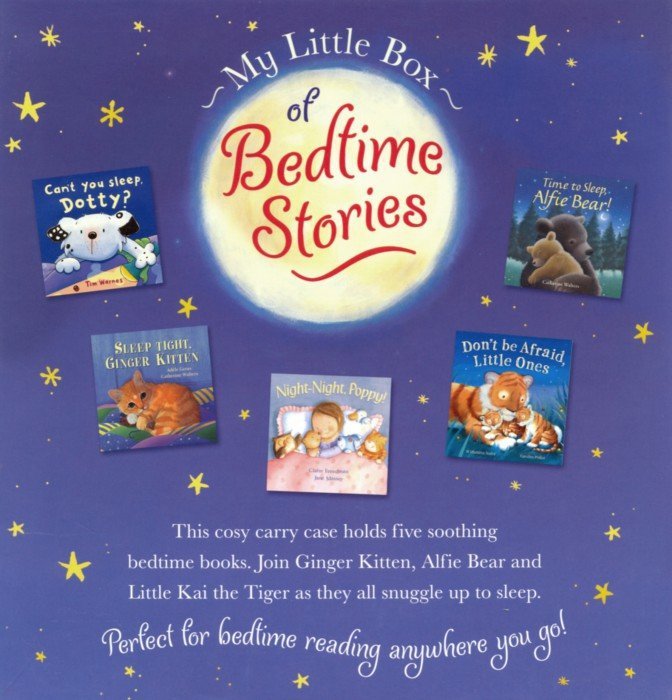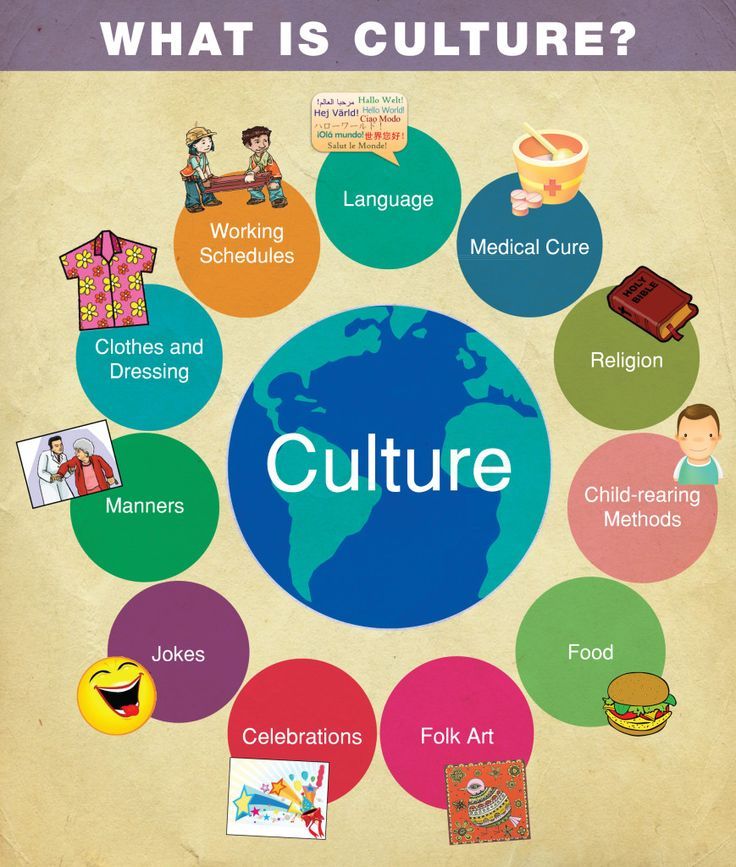Preschool math lessons plans
Hands-On Math Activities for Preschoolers
Disclosure: This post contains affiliate links to Amazon. See my disclosure policy for details.
Math is so fun to teach to preschoolers because there are a lot of daily activities that incorporate math. Preschoolers don’t need worksheets for math…they should learn through play and hands-on activities.
1. Patterns with Bears
Counting Bears are a great math manipulative to use with preschoolers. You can sort, count, or use them with patterns.
I created some pattern cards to help with this. The first page is an AB pattern, meaning two colors alternate in the pattern. The second page is an ABC pattern, meaning three are three colors in the pattern. For this activity, your preschooler will set the colored bear on top of the matching color to create a pattern. On the ABC pattern cards, the last circle is left empty. That is for your child to tell you what color it should be.
You can get the color patterns printable at the bottom of this post.
Math Skill: Patterns and Relationships
You can find more pattern activities here.
2. Sorting Colors with Bears
Sorting is a skill preschoolers should work on a lot. One way to sort is by color. We do this with our counting bears and a sorting mat.
You can get the sorting mat printable at the bottom of this post.
You can even use colored tape and pom poms to practice sorting! Add in some tweezers for some extra fine motor practice.
We also love counting mats! These are great for learning to count and working on one-to-one correspondence.
Math Skill: Patterns and Relationships
3. Money Muncher
A fun way to work on sorting is with the Money Muncher! It’s also a great activity for fine motor skills. To see all the fun details, click here.
Math Skill: Patterns and Relationships
4. Sorting Jelly Beans
Anytime we work with candy, my kids love it! You can sort M&Ms or jelly beans or whatever! To see how we did this with jelly beans, click here.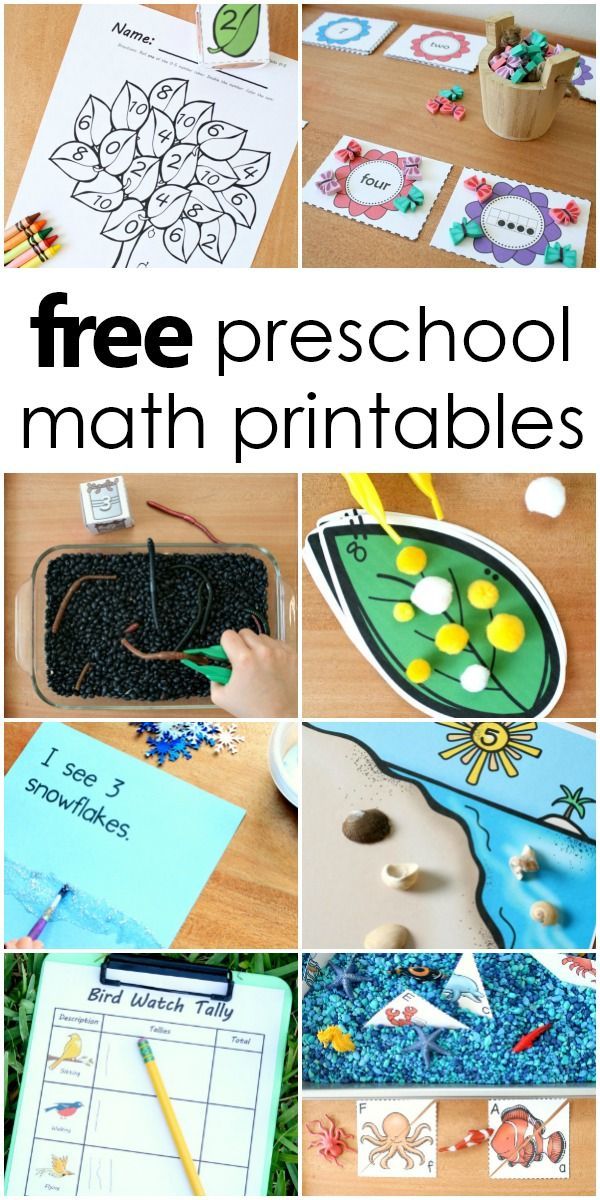
You can get the jelly bean sorting printable at the bottom of this post.
One more idea for sorting is by using toy animals. Have them sort by different characteristics, such as land animals and sea animals.
Math Skill: Patterns and Relationships
5. Graphing
Graphing is always good to introduce to preschoolers. It doesn’t have to be complex, but you can do a simple activity like graphing the types of transportation on a bar graph and use small pictures or toys (or I used erasers from The Dollar Tree).
Make graphing hands-on using apples! Even young preschoolers can begin learning about graphing with this activity.
Check out this free gumball graphing activity right here.
Math Skill: Patterns and Relationships
6. Shape Wheel
This is a fun activity for learning shapes! Just print this shape wheel and draw the same colored shapes onto clothespins.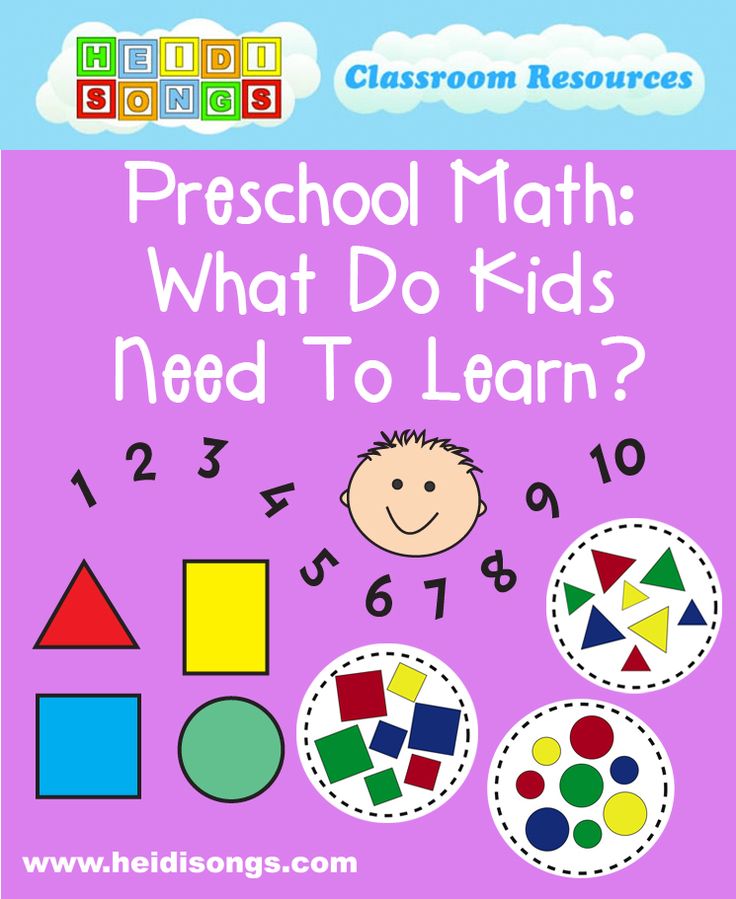 Have your child match the clothespin to the shape on the wheel. This is great for working on fine motor skills!
Have your child match the clothespin to the shape on the wheel. This is great for working on fine motor skills!
You can get the shape wheel printable at the bottom of this post.
Math Skill: Geometry
7. Shape Sorter
An easy way to practice shapes is with a Shape Sorter! I bought these shapes at Michaels Craft Store many years ago, but these 3D geometric shapes would be a good option if you’re interested in creating a Shape Sorter. Check out this post for details on how to make this easy math activity.
Math Skill: Geometry
8. Noodle Shape Cards
A neat sensory activity and a fun way to learn shapes are with noodles! See the post here to download the free shape cards.
Math Skill: Geometry
9. Foam Sticks
Learn shapes in the tub with these foam sticks! You can see how we did this here.
Another fun way to practice shapes is with the cookie shapes matching activity!
And my favorite way to teach about shapes is with my shape rhymes!
10.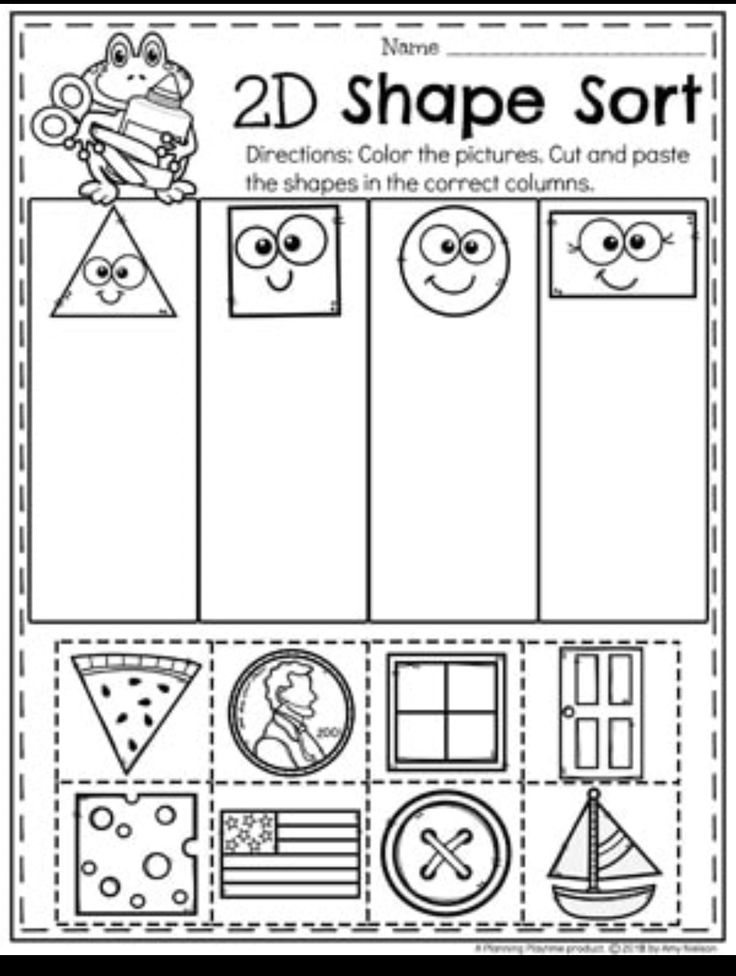 Dice Game
Dice Game
This is a really fun game! I took this Melissa & Doug wooden toy and put white circle stickers on the top of the pegs. I wrote numbers 1-6 and had 2 stars. I had my son roll the dice and whatever number it landed on, he would pound with a toy hammer. If the number he rolled was already down, he hit the star. Not only was this fun for him, but he was able to “subitize”, which simply means to recognize numbers instantly without counting the dots.
Math Skill: Number Concepts
11. Star Number Cards
Practice counting and recognizing numbers with star number cards. This one is great for working on one-to-one correspondence and fine motor skills.
You can get the star number printable cards at the bottom of this post.
Math Skill: Number Concepts
12. Ladybug Math
We made these adorable ladybugs and they were a hit! Not only were they fun to play with, but we did a lot of counting and sorting with them.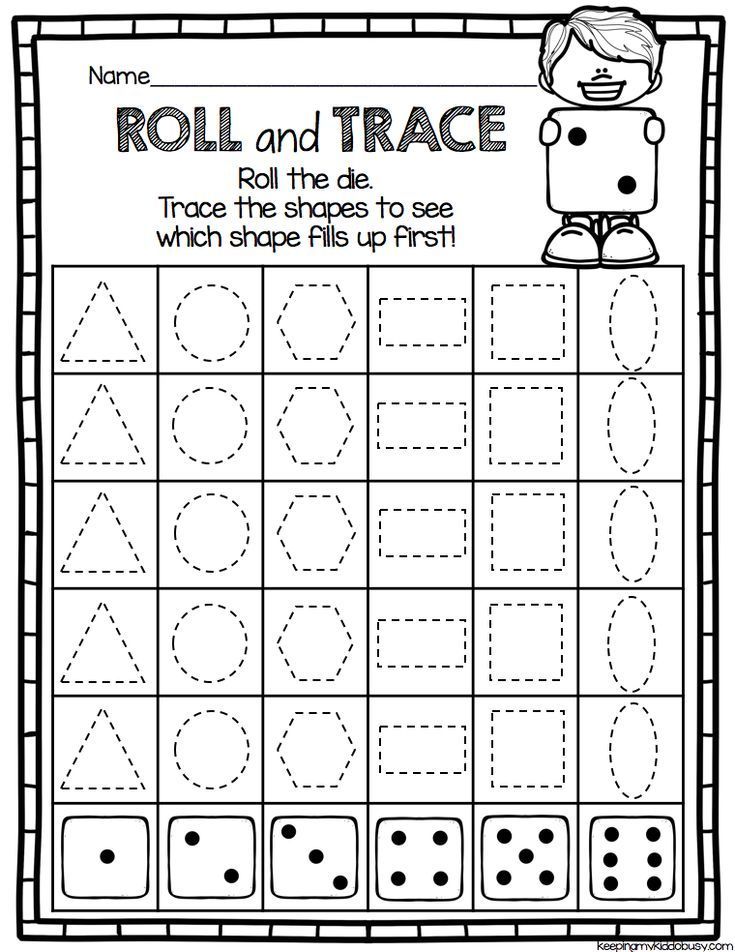 Read all about it here.
Read all about it here.
Math Skill: Number Concepts
13. Balloons
Learn the order of numbers with this really fun game involving balloons! Check out the details here.
Math Skill: Number Concepts
14. Estimating with Water
We learned about estimation with a dropper with some fun, hands-on water activities.
Math Skill: Measurement
15. Pouring and Comparing
We practiced pouring skills with rice into these beakers. Then I had my son line them up from biggest to smallest. Using comparative words like big/small or empty/full help teach preschoolers about simple concepts of measurement. This is simple and you could elaborate on this activity.
One more easy way to practice measurement is with Unifix cubes. Place different lengths of tape on the floor or poster board. Then have your child use Unifix cubes to measure the lines.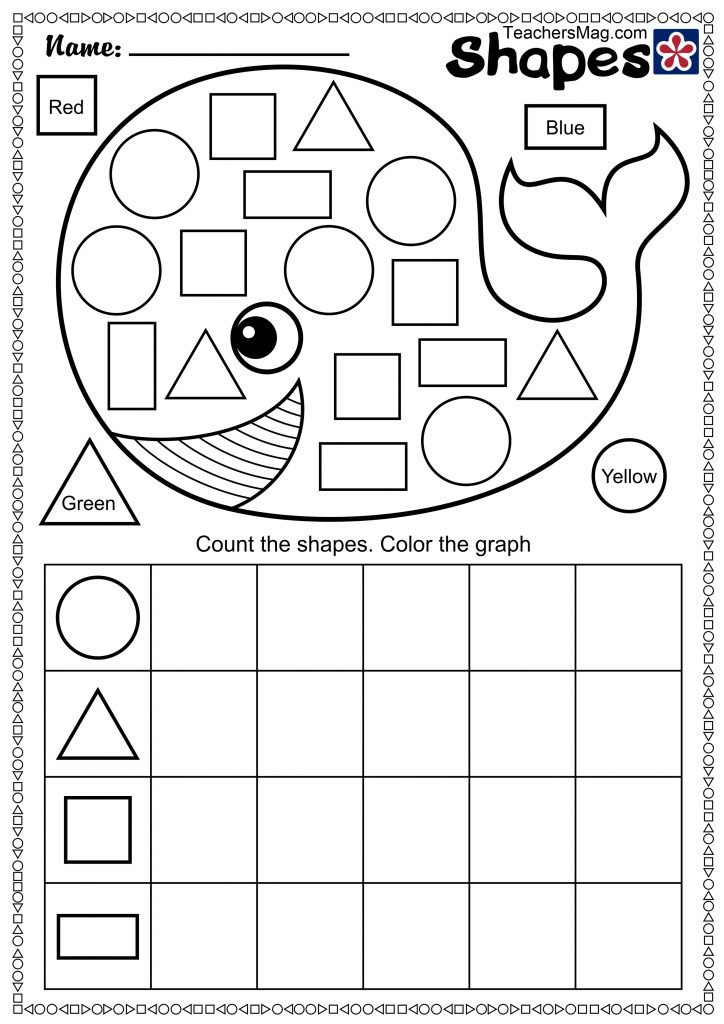 This is a simple way to practice counting, measuring, and comparing lengths.
This is a simple way to practice counting, measuring, and comparing lengths.
Math Skill: Measurement
Lastly, check out this really easy and fun way to practice counting!
If you’re looking for digital math activities, make sure to check out my counting activities using Google Slides.
If you’d like to download the 5 free printables I shared in this blog post, just click on the button below!
How to Write Preschool Lesson Plans for Math
September is almost here, which for most preschool teachers means it’s time to checking off the list of things to do while it’s still summer in anticipation of returning to the classroom after Labor Day. One thing that may be on that list of solidifying your preschool lesson plans for math.
With the gaining popularity of my post How to Write Preschool Lesson Plans a Year in Advance, I continue to get more and more questions about how to prepare for math.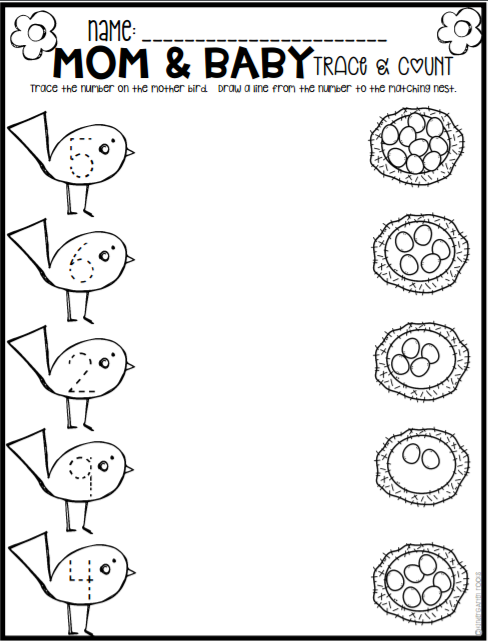 What skills need to be taught and in what order? Today I’m not only sharing with you my actual and real preschool math lesson plans, but I’m sharing with you exactly how I went about writing them.
What skills need to be taught and in what order? Today I’m not only sharing with you my actual and real preschool math lesson plans, but I’m sharing with you exactly how I went about writing them.
The Five Disciplines of Math
There are five disciplines of math, so my goal, even as a preschool teacher, is to incorporate all those disciplines into my lesson plans. Those five disciplines are: number sense (counting and adding and subtracting), algebra (positions and patterns), geometry (shapes), measurement and data analysis (graphing). Every one of them can be taught in preschool.
The question then becomes, “How do I teach all five disciplines in a sequential and intentional manner when I only have my preschoolers for a total of five to seven hours a week?” It sounds like a lot to cover in a short amount of time. And it is…
But, I have a solution.
Spiraling Preschool Lesson Plans for Math
The answer is to spiral the math curriculum.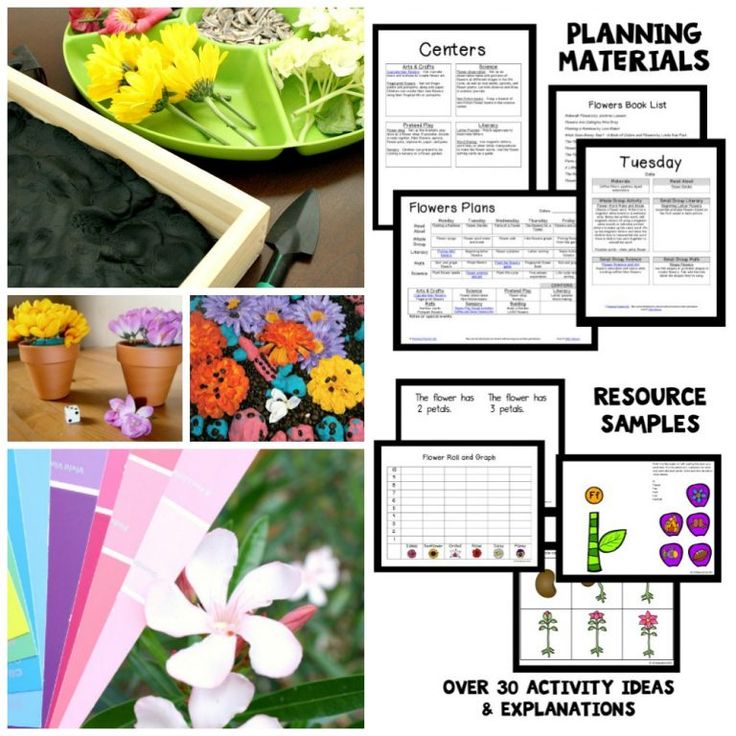
That means to not teach concepts in whole units, but to break them up to spread out the learning over time. Rather than teaching the entire unit in a concentrated amount of time and keeping your fingers crossed that the students mastered everything you taught, you have the opportunity to return to the content. So, instead of spending the entire month of September learning about shapes (geometry), you might focus on shapes for a week and then teach a week on measurement, counting for a week, and so on.
But I did tweak the traditional spiraling concept for my preschool math lesson plans.
Stay At Home Educator’s Preschool Lesson Plans for Math
I know the importance of building number sense. I believe it is the most important math discipline because without competence in number sense most cannot be competent in other disciplines. Number sense includes counting and identifying quantities, number recognition, subitizing, addition and subtraction, as well as more abstract concepts like number relationships and using mathematics in real world situations.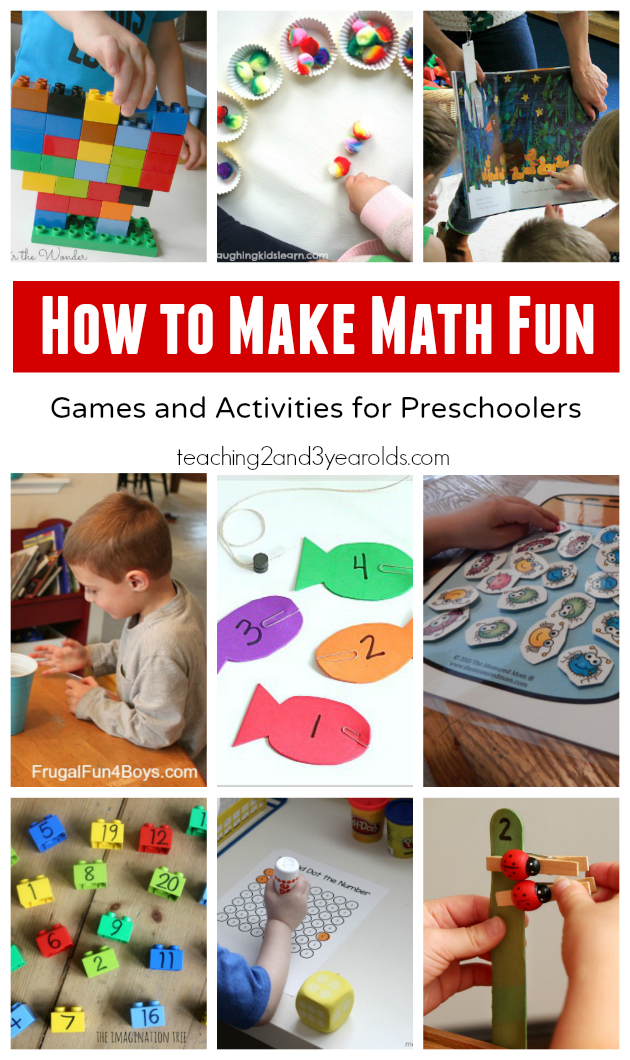 We want children to develop very strong number sense skills because we want them to have fluidity and ease in these foundational math concepts.
We want children to develop very strong number sense skills because we want them to have fluidity and ease in these foundational math concepts.
So, with number sense being so important, I like to break it down so that my preschoolers are getting practice and reinforcement all year long. In my math lesson plans, we spiral back to the number sense strand nearly every other week.
This is How I Spiral
The first three months of my scope and sequence looks like this:
School Week 1 – Shapes
School Week 2 – Counting 0-5
School Week 3 – Sorting
School Week 4 – Counting 0-5
School Week 5 – Patterning
School Week 6 – Counting 0-5
School Week 7 – Measurement
School Week 8 – Counting 0-5
School Week 9 – Graphing
School Week 10 – Counting 0-10
School Week 11 – Shapes
School Week 12 – Counting 0-10
So, then, I took my preschool math units, which all have four weeks, and divided them up according to weeks, so then it looked like this:
School Week 1 – Shapes Week 1
School Week 2 – Counting 0-5 Week 1
School Week 3 – Sorting Week 1
School Week 4 – Counting 0-5 Week 2
School Week 5 – Patterning Week 1
School Week 6 – Counting 0-5 Week 3
School Week 7 – Measurement Week 1
School Week 8 – Counting 0-5 Week 4
School Week 9 – Graphing Week 1
School Week 10 – Counting 0-10 Week 1
School Week 11 – Shapes Week 2
School Week 12 – Counting 0-10 Week 2
As you can see in the above, I broke down the number sense discipline into even more groups, focusing on building strong skills in counting 0-5, then counting 0-10, counting 0-20, and finally addition and subtraction.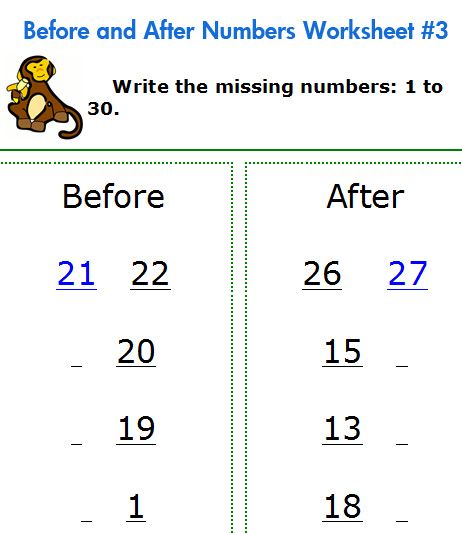 With them subdivided like this, my preschoolers get more practice and reinforcement in number sense skills every other week, in addition to the fun and little activities, like counting songs, that we do on a daily basis.
With them subdivided like this, my preschoolers get more practice and reinforcement in number sense skills every other week, in addition to the fun and little activities, like counting songs, that we do on a daily basis.
The Daily Outline of My Math Time in Preschool
My daily lesson plans cover some important elements which I believe are pivotal to the success of my students.
I start my preschoolers off with a “problem of the day”, which is a short review, hands-on math problem that gets our brains into the math mindset. Then we read and discuss some math books (that’s for another post) related to the unit content, followed by small group concept or skill work. Finally, our math time ends with centers. I’ve designed eight centers per math unit, which means two new centers each week for my students. And of course, these same math skills get reinforced in free choice centers, too, like in the dramatic play and block areas.
Now, we don’t do all of this every single day…at least not all the time.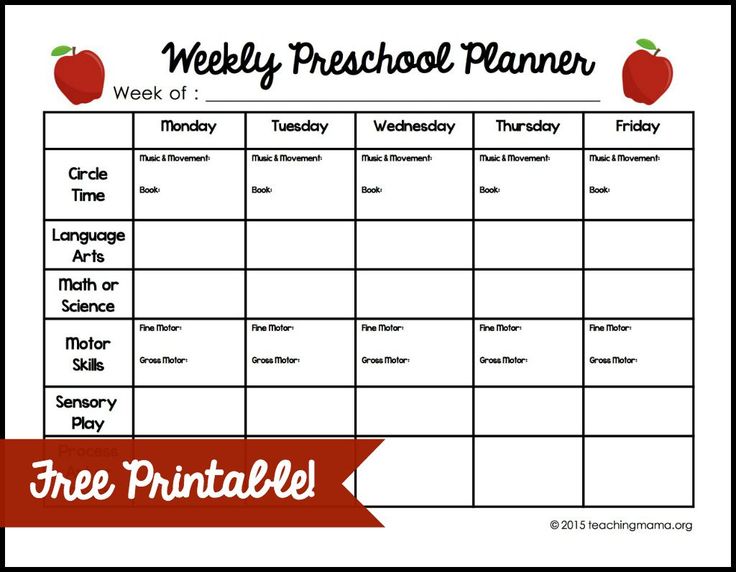 I take cues from the children, but as usual, I’ve over written my lesson plans so that depending on the day and class I have plenty, and I mean PLENTY of activities and centers to choose from.
I take cues from the children, but as usual, I’ve over written my lesson plans so that depending on the day and class I have plenty, and I mean PLENTY of activities and centers to choose from.
Preschool Math Lesson Plans for Sale
I have now walked you through how to write math lesson plans. Yet, you have another option.
You don’t have to reinvent the wheel! Due to reader demand, I am now offering my preschool math lesson plans for sale. You can buy each unit separately, or you can buy the counting units as a bundle. But…the greatest value is in the Yearly Preschool Math Lesson Plans Bundle. By purchasing it bundled you save over 20%!
These are also available at the Teacher’s Pay Teacher’s store.
Included in this bundle are the following units:
~ Shapes
~ Counting 0-5
~ Comparing and Sorting
~ Counting 0-10
~ Position and Patterns
~ Counting 0-20
~ Measurement
~ Graphing
~ Addition and Subtraction
Each unit includes the following:
~ 4 weeks of lesson plans
~ 30+ hands-on activities
~ 8 printable centers
~ 8 optional literacy activities
You will also receive my complete MATH SCOPE AND SEQUENCE, (yup, the rest of the spiraling scope and sequence I shared above), taking the guesswork out of planning your year.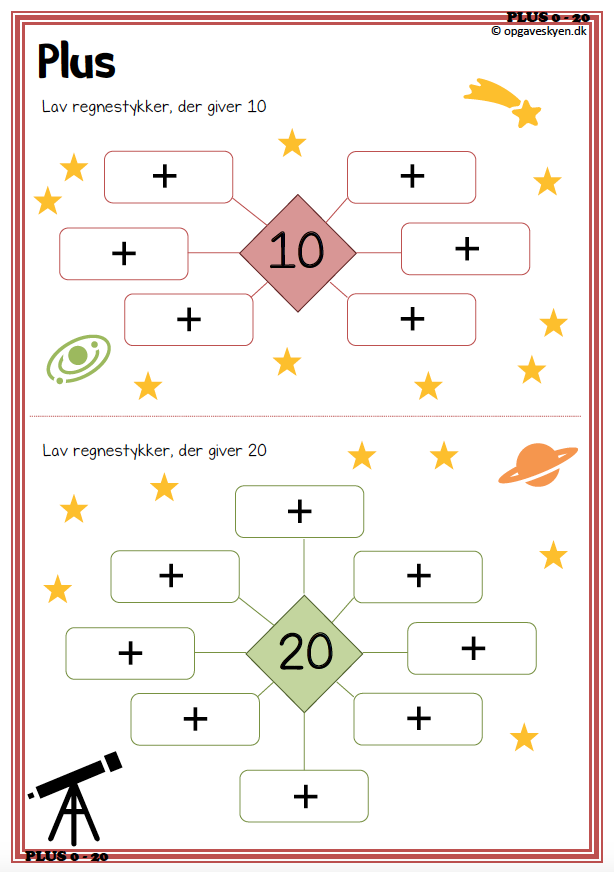
Because you already have enough to do without worrying about how to teach preschool math.
Sarah Punkoney, MAT
I’m Sarah, an educator turned stay-at-home-mama of five! I’m the owner and creator of Stay At Home Educator, a website about intentional teaching and purposeful learning in the early childhood years. I’ve taught a range of levels, from preschool to college and a little bit of everything in between. Right now my focus is teaching my children and running a preschool from my home. Credentials include: Bachelors in Art, Masters in Curriculum and Instruction.
stayathomeeducator.com/
Development of a lesson in mathematics for preschoolers (preparation for school, age group 6-7 years) | Outline on the topic:
Lesson topic: Consolidation of the studied material.
Goals:
Educational:
- Continue the formation of mental operations (analysis, synthesis, comparison, generalization, classification).
- Form ideas about the properties of objects: color, shape, size.
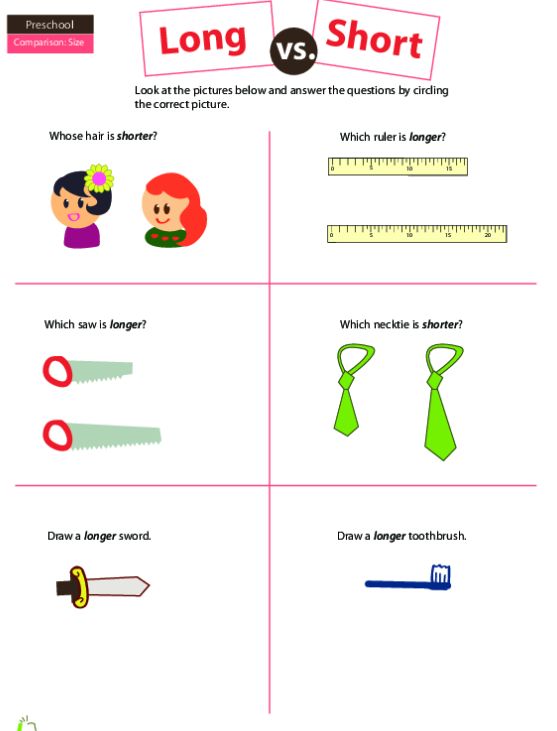 The ability to identify and explain the signs of similarities and differences of objects, to combine them into groups according to a common feature. Ability to find "extra" object.
The ability to identify and explain the signs of similarities and differences of objects, to combine them into groups according to a common feature. Ability to find "extra" object. - To consolidate the skills of ordinal counting within 20.
- To form the skill of complete answers to questions.
Developing:
- To develop speech, observation, mental activity, the ability to express and justify one's judgments.
- Develop auditory and visual attention, memory, logical thinking.
- Develop constructive and creative abilities, fantasy, creative imagination.
Educational:
- Raise interest in mathematics.
- To develop independence, the ability to plan one's work.
- To cultivate the desire to help others who find themselves in a difficult situation.
- Foster friendly relationships between children, the habit of working together.
Class progress
I Org.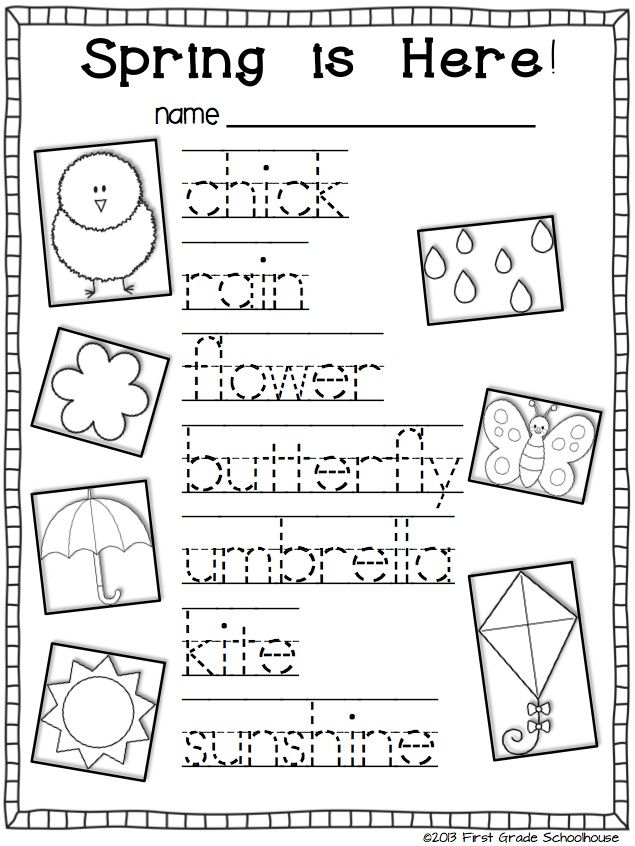 Moment
Moment
II Message of the topic of the lesson
Teacher. Today in the lesson we will not only count and decide - we will go on a trip. nine0005 But traveling alone is boring and uninteresting, so you need to take friends with you. But who we will take on a trip, you will find out by guessing the riddle.
Round, ruddy,
Cooked in the oven,
Cold on the window.
Children. Kolobok.
U. How does a fairy tale begin?
Children remember.
– Gingerbread man left his grandmother, left his grandfather and went to travel. And the path led him to a country called Tsifiriya. Why is this country named so? nine0003
D. The numbers
live there.
W. Skok yes hop,
Skok yes hop,
A bun rolled,
Round and ruddy,
Straight to the clearing.
The teacher posts the route plan on the board.
III Mental account
U. Rolling, rolling Kolobok across the country of Tsifiriya and reached the station "Count".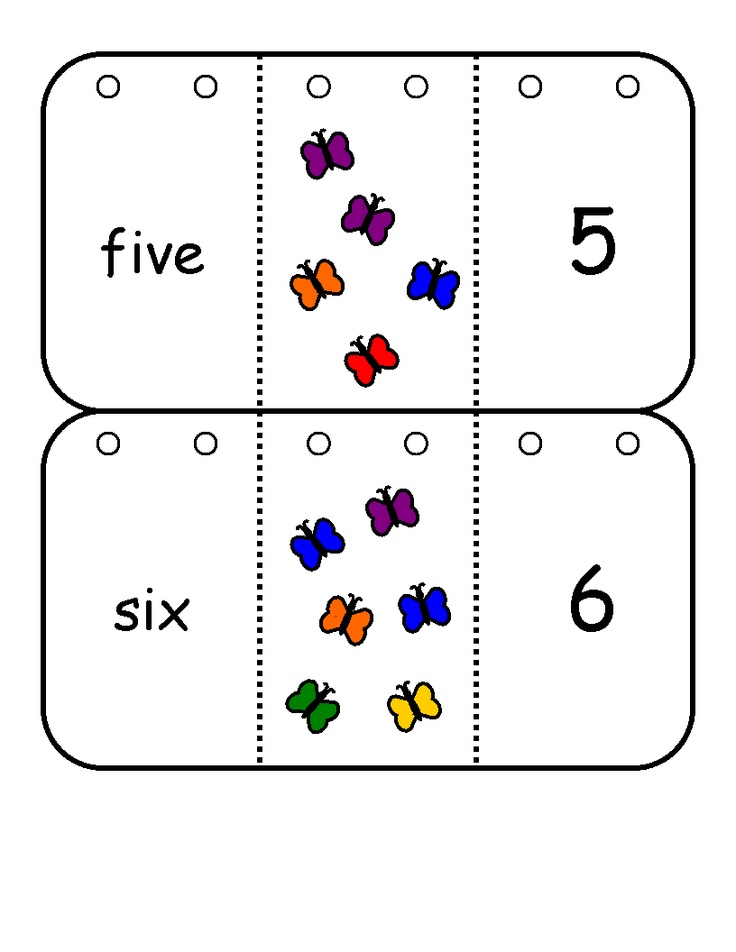 And the main one at this station is the Hare.
And the main one at this station is the Hare.
"I won't let you go any further," says the Hare, "until you complete my tasks. If you don't do it, I'll eat you." nine0005 Guys, let's help Kolobok complete Zayka's tasks.
D. We will help!
1) Count up to 20, direct ("chain").
2) Count from 10 to 1, reverse.
3) Count from 1 to 10, through 1.
4) - What number comes before the number 4? (3)
- What number comes after 5? (6)
- What number comes between 2 and 4? (3)
- What are the "neighbours" of 6? (5 and 7)
5) 2 4 6 8 10
- What do these numbers have in common? nine0005 - What is the odd number? Why?
6) Bunny doesn't let Kolobok go. If you solve my problems, then I will let you go.
W. Four hares were walking from school,
And suddenly they were attacked by bees.
Two bunnies barely escaped,
And how many did not have time? ..
E. Two.
W. How did you know that?
D.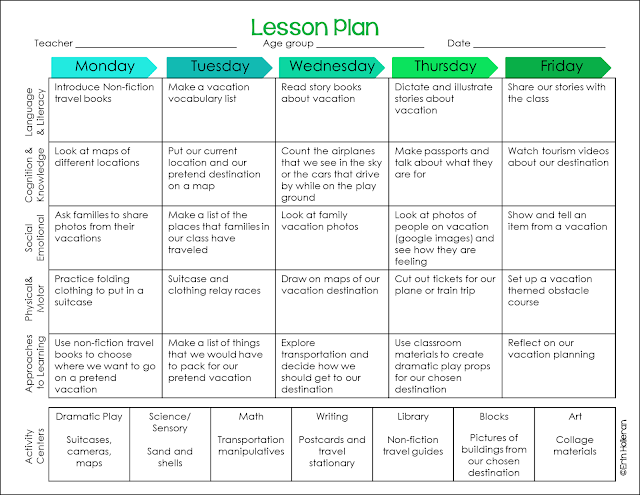 4 - 2 = 2.
4 - 2 = 2.
U. Read in different ways.
U. Solve one more problem.
U. 6 rabbit ears protrude from behind a bush. How many rabbits are there?
D. 3
U. How did you know?
U. Well done! We coped with Zaikin's tasks, you can travel further
.
IV Repetition of the material covered.
U. The next station at which Kolobok was detained was Lesnaya stroyka. And the Gray Wolf commands it.
- And here you must complete my tasks, otherwise I will eat you. In the new houses, the builders forgot to indicate the apartment numbers! But be careful! Each house has a number, and the apartment numbers add up to a number that corresponds to the number of the house. Help Kolobok. nine0003
U. Well done, he coped with my task. But you kolobok should help me deal with the construction plan.
-What lies in the middle (circle),
-What is in my upper right corner (triangle),
-What is in my upper left corner (trapezius),
-What for me in the lower right corner (rectangle),
-What I have in the lower left corner (square).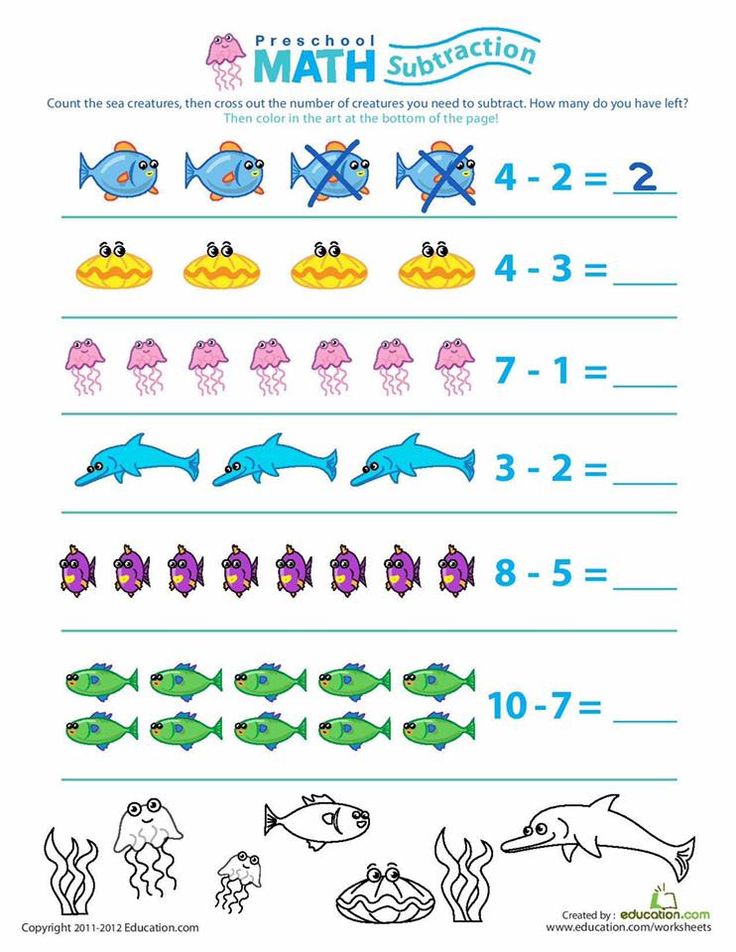 nine0005 -How to call all this in one word? (geometric figures)
nine0005 -How to call all this in one word? (geometric figures)
U. - What geometric figures do you see?
K K K S
U. - Determine which figure is superfluous in this set?
- On what grounds?
D. Shape, size, color.
U. Well done! Helped the kolobok to cope with the tasks of the Wolf. You can travel further.
V Fizminutka.
U. Now you can rest a little.
Drawings of Christmas trees, circles, sticks, dots in a circle on the interactive whiteboard. nine0003
1. How many green Christmas trees,
So many slopes. (3)
How many circles we have here,
How many jumps we will make. (6)
How many sticks to the point,
That's how many we stand on our toes. (5)
How many points will be in the circle,
Let's raise our hands so many times. (4)
2. Prepare fingers for writing.
VI Comparison of items.
U. Rolling, rolling Kolobok, and towards him the Bear from the station "Comparison".
- Kolobok, Kolobok, I'll eat you! nine0005 - Don't eat me, Bear!
- All right, on one condition.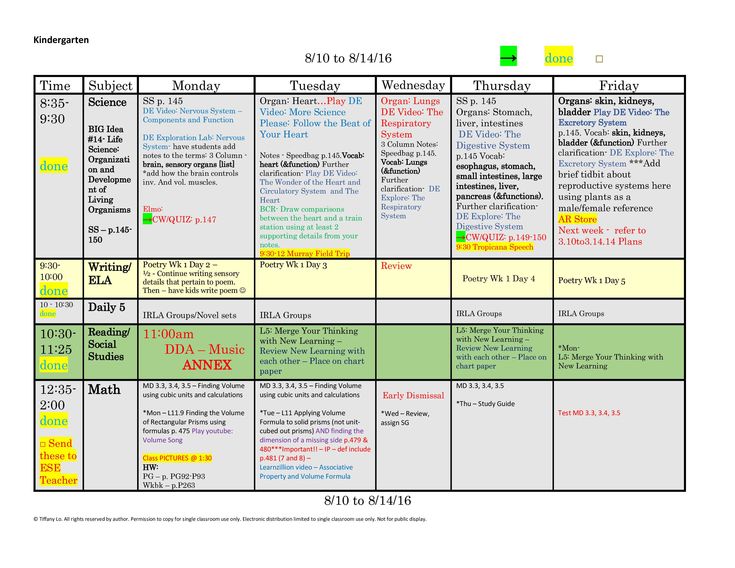 If you help me compare items, then I'll let you go. Help Kolobok.
If you help me compare items, then I'll let you go. Help Kolobok.
U. What signs are used for comparison? (greater than, less than, equal to)
-Count how many triangles are in the first bag? (4)
- How many circles are in the second bag? (3)
- Write these numbers in the boxes.
- Check if there are enough circles for all the triangles: connect them with “magic strings”.
- What did you notice? (One triangle was left without a pair, it is superfluous.)
- How many more triangles than circles? (on 1)
- Which sign should be put? (more), etc.
- Well done, guys! Helped Kolobok cope with the task of the Bear. He is very pleased and lets him go further.
VII Graphic dictation.
U. Gingerbread man rolls, rolls, and the Fox meets him, and the clearing is called by her - "Draw - ka."
- You won't leave me, Kolobok, and the guys won't help you.
Help guys? nine0005 VIII Summary of the lesson
U. Well, Lisa will have to let Kolobok go - after all, he solved all the tasks perfectly. And you guys helped him in this. How did you help him?
Well, Lisa will have to let Kolobok go - after all, he solved all the tasks perfectly. And you guys helped him in this. How did you help him?
D. They thought, decided, reasoned, considered.
Reflection. Self-esteem.
U. Now evaluate your work in class. If you are in a good mood, you were interested in the lesson, everything worked out for you, then raise the “sun”, and if you felt uncomfortable, something didn’t work out for you, then raise the “cloud”. Gingerbread Man thanks you for the help you gave him today, and gives excellent marks and prizes for good work. nine0003
Lesson for children of senior preschool age: "Mathematical country" | Lesson plan in mathematics (senior group) on the topic:
Lesson for children of senior preschool age: "Mathematical country"
Purpose:
- to introduce children to the week as a unit of time;
- learn to set the sequence of days of the week based on ordinal numbers;
- exercise in counting in forward and reverse order, in establishing a correspondence between a number and a number, in the ability to compose a number series.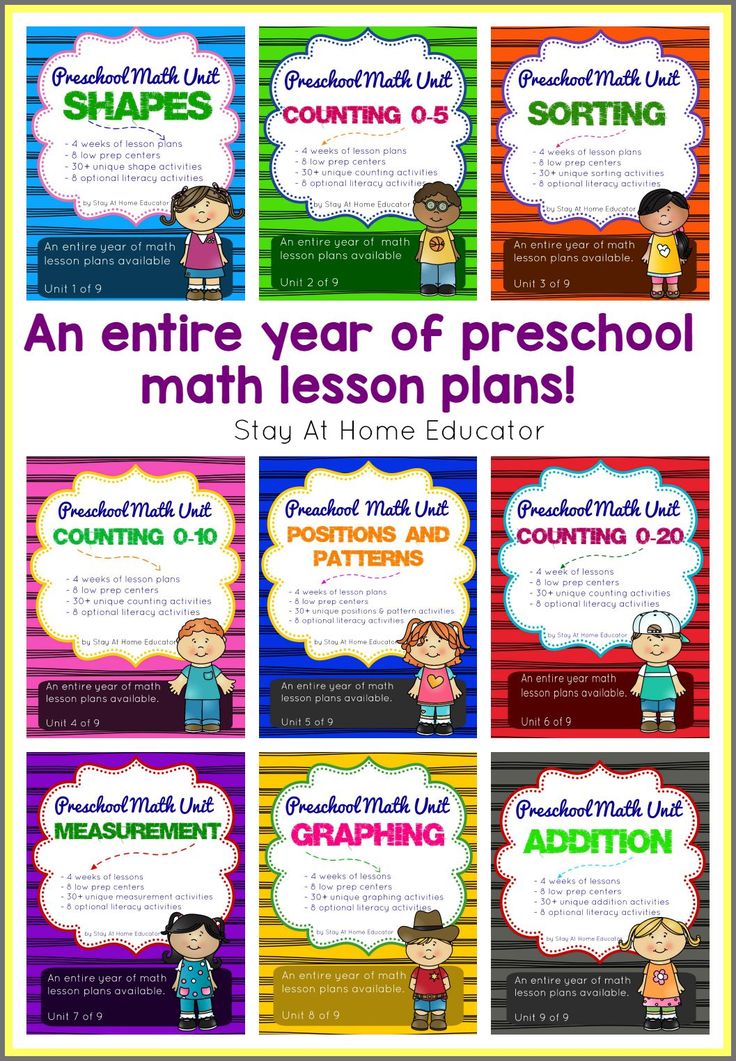 nine0003
nine0003
- consolidate knowledge about geometric shapes by highlighting them in the picture.
- to form teamwork skills.
- to cultivate interest in mathematics.
Material: ball, numbers, pencils, diagrams, the game "Walk through the triangles", houses and castles, drawings depicting gnomes, a bun, a bunny, a wolf, a fox.
Mathematics class for senior preschoolers
1. Organizational moment
Hello, children!
turn to each other
And smile kindly.
2. Motivation of preschoolers
Educator: Today we will get to the country of Mathematics, and for this you don’t need to go far or travel. The main condition is that all those present must be attentive, answer well, and play willingly.
Educator:
Close your eyes, children,
And imagine the best in the world,
Land of examples and problems,
Where numbers play ball together.
Where the equal sign lies,
Behind him "add" sign runs.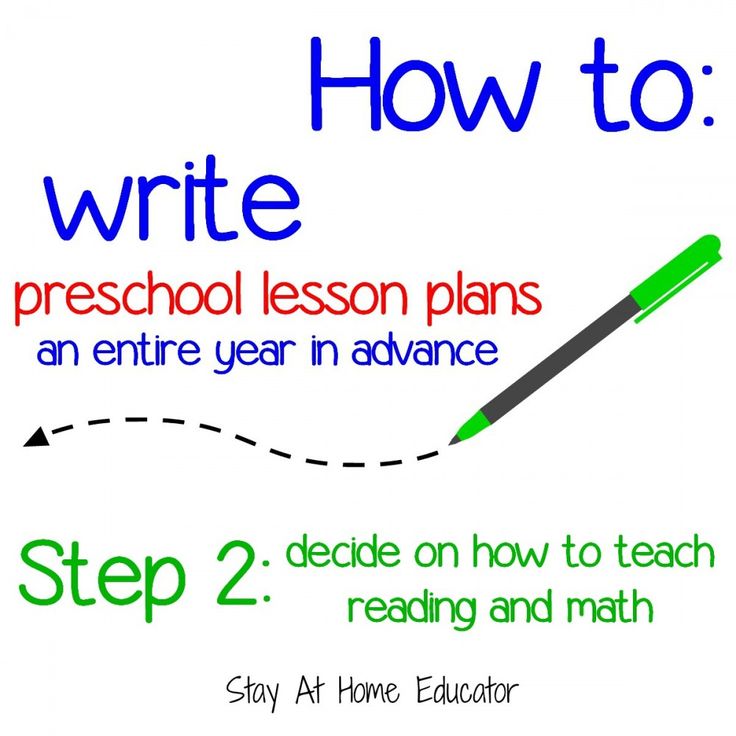
And "subtraction" now,
wants to take something from you.
The sisters of the line live there,
The guests are given tasks.
Ready to travel?
Children: Yes.
3. The game "Walk through the triangles"
And the fairy-tale hero will help us to travel around the country of Mathematics
Hot out of the oven,
Not silent for a minute
- Rolling along the path
Praises his exploits. nine0003
- Who is this? (Kolobok).
Lead us kolobok.
Task: go only through the green triangles
- Here the bunny closes the path for us, does not let Kolobok and me go further. Now we will cope with the task and the path will be free.
- Look at the picture, what geometric shapes do you see?
All the best, but don't waste your time.
Take the number "one".
(children take the number 1)
4. Didactic game "Funny count"
Purpose: to practice counting forward and backward.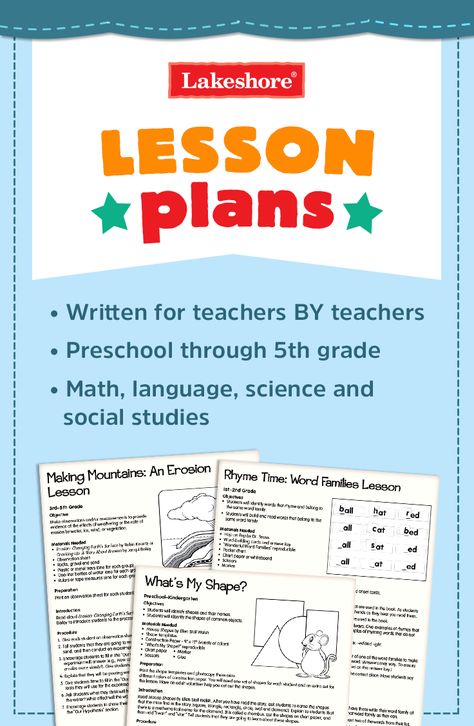
Game progress
Educator: And now our gingerbread man decided to play a little, let's play with him.
All children stand in a circle, pass the ball to each other and count forward and backward.
Educator:
All the best, but don't waste your time.
Take the number "two".
(Children take the numbers).
5. Didactic game "Pick up the key to the lock"
Gingerbread man rested, and rolled on, and the wolf met him. And he doesn't want to miss it either. nine0003
Look at the houses. Which one is redundant?
- Yes, that's right. Finally, the Wolf released Kolobok.
Educator: "Three" and "four" are looking out the window, they are probably waiting for us.
- Oh, there are locks on our house. Do not worry, Kolobok has keys, but he does not know which one is suitable. Let's pick up the keys to the castle together.
(Children take the numbers 3 and 4)
Fizminutka
6. Didactic game "Collect a flower"
Didactic game "Collect a flower"
Purpose: to develop perception, logical thinking.
Educator: We continue our journey. Here Mishka closes the path for us, does not let Kolobok and me.
- To find the next number, we need to add to the flower the number of petals that corresponds to the number in the middle of the flower.
- Bear quickly missed Kolobok.
Teacher:
Two and three, how much is the total? (Five)
We must continue on our way!
(Children take the number 5)
7. Didactic game "Count the sounds and show the number"
- A fox appeared and wants to eat a kolobok. Let's scare the fox.
The teacher takes the drum and beats a certain number of sounds, and the children count the sounds and show the number.
- The fox got scared and ran away. And we continue our journey.
8. Didactic game "Live numbers"
- We need to put the numbers in order.
Educator: "Six", children, take away and go to the "seven"!
9.